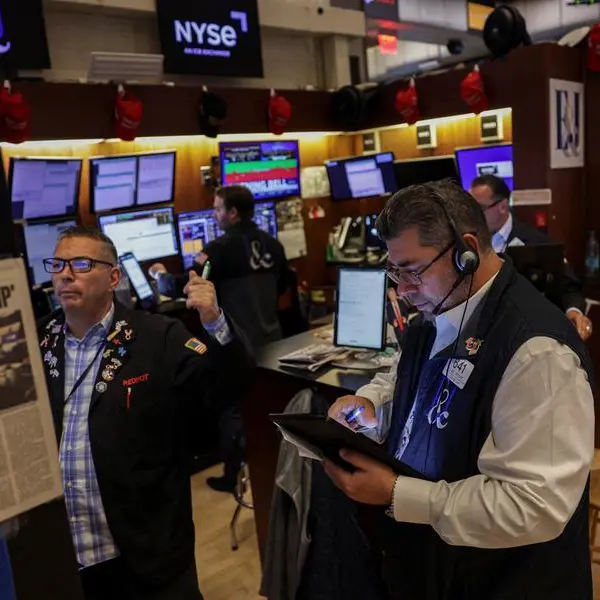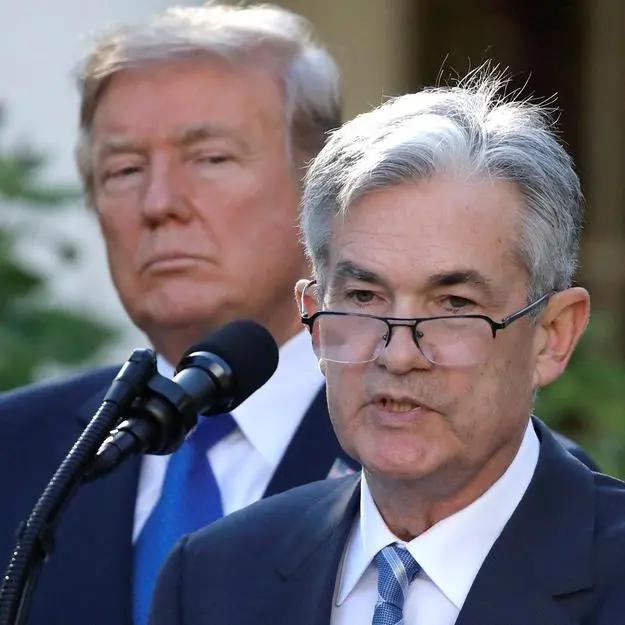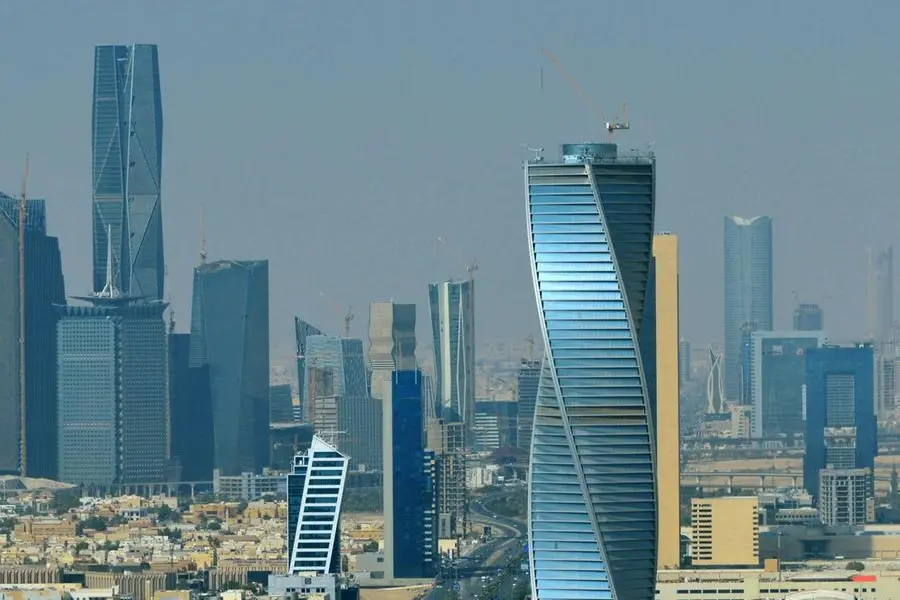PHOTO
FILE PHOTO: The Federal Reserve building is seen in Washington, U.S., January 26, 2022. REUTERS/Joshua Roberts/File Photo
The U.S. Federal Reserve cut interest rates on Wednesday and signaled it will slow the pace at which borrowing costs fall any further, given a relatively stable unemployment rate and little recent improvement in inflation.
"Economic activity has continued to expand at a solid pace" with an unemployment rate that "remains low" and inflation that "remains somewhat elevated," the central bank's rate-setting Federal Open Market Committee said in its latest policy statement.
"In considering the extent and timing of additional adjustments to the target range ... the Committee will carefully assess incoming data, the evolving outlook, and the balance of risks," it said in new language that sets up a likely pause to rate cuts beginning at the Jan. 28-29 meeting.
U.S. central bankers now project they will make just two quarter-percentage-point rate reductions by the end of 2025.
That is half a percentage point less in policy easing next year than officials anticipated as of September, with Fed projections of inflation for the first year of the new Trump administration jumping from 2.1% in their prior projections to 2.5% in the current ones - well above the central bank's 2% target.
Slower progress on inflation, which is not seen returning to the 2% target until 2027, translates into a slower pace of rate cuts and a slightly higher ending point of 3.1%, also hit in 2027, versus the prior "terminal" rate of 2.9% seen as of September.
Fed officials also boosted their estimate of the long-run neutral rate of interest to 3%.
The reduction in the benchmark policy rate to the 4.25%-4.50% range was opposed by Cleveland Fed President Beth Hammack, who preferred to leave the policy rate unchanged.
U.S. Treasury bond yields rose across the curve after the release of the policy statement and projections, while the dollar gained ground. Stock prices retreated.
"While the Fed opted to round out the year with a third consecutive cut, its New Year's resolution appears to be for a more gradual pace of easing," said Whitney Watson, global co-head and co-chief investment officer of fixed income and liquidity solutions for Goldman Sachs Asset Management. Watson added that "we expect the Fed to opt to skip a January rate cut, before resuming its easing cycle in March."
TRUMP UNCERTAINTY
The new policy rate is now a percentage point lower than the peak reached in September when officials concluded inflation was dependably on the way back to the 2% target and that there were risks to the job market of keeping monetary policy too tight for too long.
Key measures of inflation since then, however, have largely moved sideways, while continued low unemployment and stronger-than-expected economic growth have sparked debate among policymakers about whether monetary policy is as tight as thought - a discussion reflected in the steady increase in the long-run estimate of the neutral rate over the past year from 2.5% to 3.0%.
The Fed, which hiked rates aggressively in 2022 and 2023 to combat a surge in inflation, began its easing cycle in September with a half-percentage-point cut in borrowing costs. It lowered rates by a quarter of a percentage point last month.
The latest quarterly projections are the first since President-elect Donald Trump's victory in the Nov. 5 election, which introduced a new level of uncertainty into the economic outlook given his campaign promises for tax cuts, tariff hikes, and a crackdown on unauthorized immigration - aspects of which some analysts see as inflationary.
Trump doesn't take office until Jan. 20, and Fed officials have said they can't base monetary policy on campaign proposals that may or may not be enacted.
Still, Fed staff have likely been gaming out different scenarios, and policymakers' projections show growth remaining above potential at 2.1% next year, inflation staying above target for two more years, and the jobless rate never rising above 4.3%.
(Reporting by Howard Schneider and Michael S. Derby; Editing by Paul Simao)





















